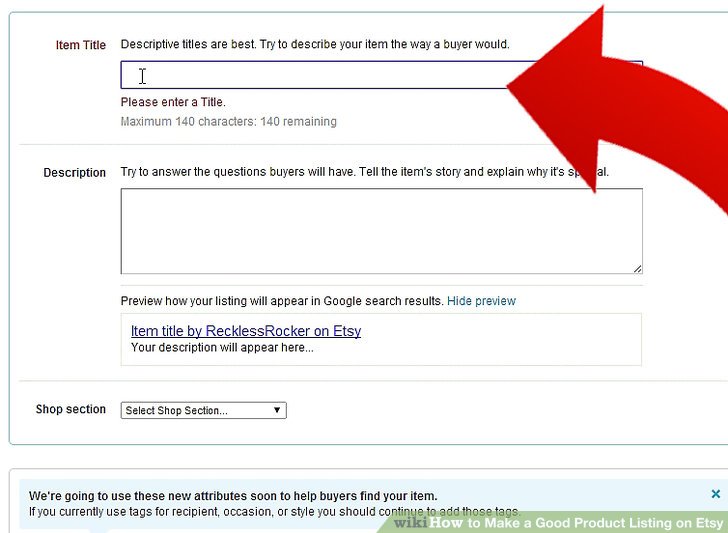A new word!
There are some fantastic words in the English language which don’t see the light of day as often as they deserve. I came across a new one recently (new to me, that is) – Pleonasm. It means to use more words than necessary to denote something. An example is ‘to see with one’s eyes’ – where an obvious response would be to ask how else would you see!
Sometimes pleonasm is used deliberately, for emphasis, such as the phrase ‘free, gratis and for nothing’ first used by Samuel Beckett in Molloy. However, more often it’s just an over-exuberant writer (who should be consumed by the lake of burning fire)!

But why do you need to know this?
If you are writing product descriptions, it’s easy to get carried away by the exuberance of trying to sell the item in question, and using far more words than you strictly need.
A good product description needs to convey quickly and simply just a handful of things to the reader:
- What this is
- What it does
- Why you need it
Other information, such as what it’s made of, how large it is, etc, is also necessary – but the most important job of a product description is to convince the reader they want one. (Or more than one – that’d be fantastic!)
Word count
In many instances, product descriptions are constrained, either by the word or character limits imposed by Etsy, Not On The High Street, or the layout of your own website, or simply by the fact that potential buyers won’t be hanging around for longer than they have to, trying to work out whether they are interested or not.

Precision is key, and using phrases that duplicate themselves will use up that limit. Waffling around with several words that give the same meaning (within a single description) is a waste. If you’re tempted to use ‘lustrous’, ‘gorgeous’, ‘opulent’ and ‘extravagant’, in a single description, restrain yourself, and spread them out across four different items.
Why do I need one?
Once you’ve described the item, use a single sentence to explain why it’s desirable. ‘Perfect for any beach-themed bathroom.’ ‘An ideal ring for a person with a more delicate hand.’ ‘Robust and durable, for outside use all year round.’ Clearly, these are all different items, but you get the picture!
If you have a bunch of products that form a collection, they should be described in similar terms, and using the same measurements. It’s unhelpful to your reader to have the toothbrush holder described in millimetres, the soap dish measured in centimetres, and the pump-action soap dispenser described by its capacity only.
Professional product description writing
I seem to have been writing product descriptions quite a bit recently, which is great, because I love the challenge of getting to know my customers’ products and their market, and making everything sound desirable. But I do get that writing your own descriptions can be a chore. If you’ve made hundreds of different items of silver jewellery over the course of many years, you are most probably a little bit bored of writing about them. You may even have run out of words – ‘yep, it’s silver pendant, and this one has an elephant on it’. Not that you would, of course – you might just put up the picture, and hope that people can see that it’s an elephant and you don’t need to do more than that!
However, that approach is a little bit risky, as Google likes words, so you’ll need at least some words, in order to ensure that your item is being picked up in the right places. Plus your customers might be interested to know that it’s an African elephant, and it symbolises good luck, power, success, wisdom and strength.
An alternative is to do something like this:

And that’s just horrible. Google might find all the key words it likes, but real humans will flick past immediately!
So, there you go – Pleonasm is not your friend when you’re writing product descriptions, although you will be forgiven if you’re writing literature.

Leave a Reply